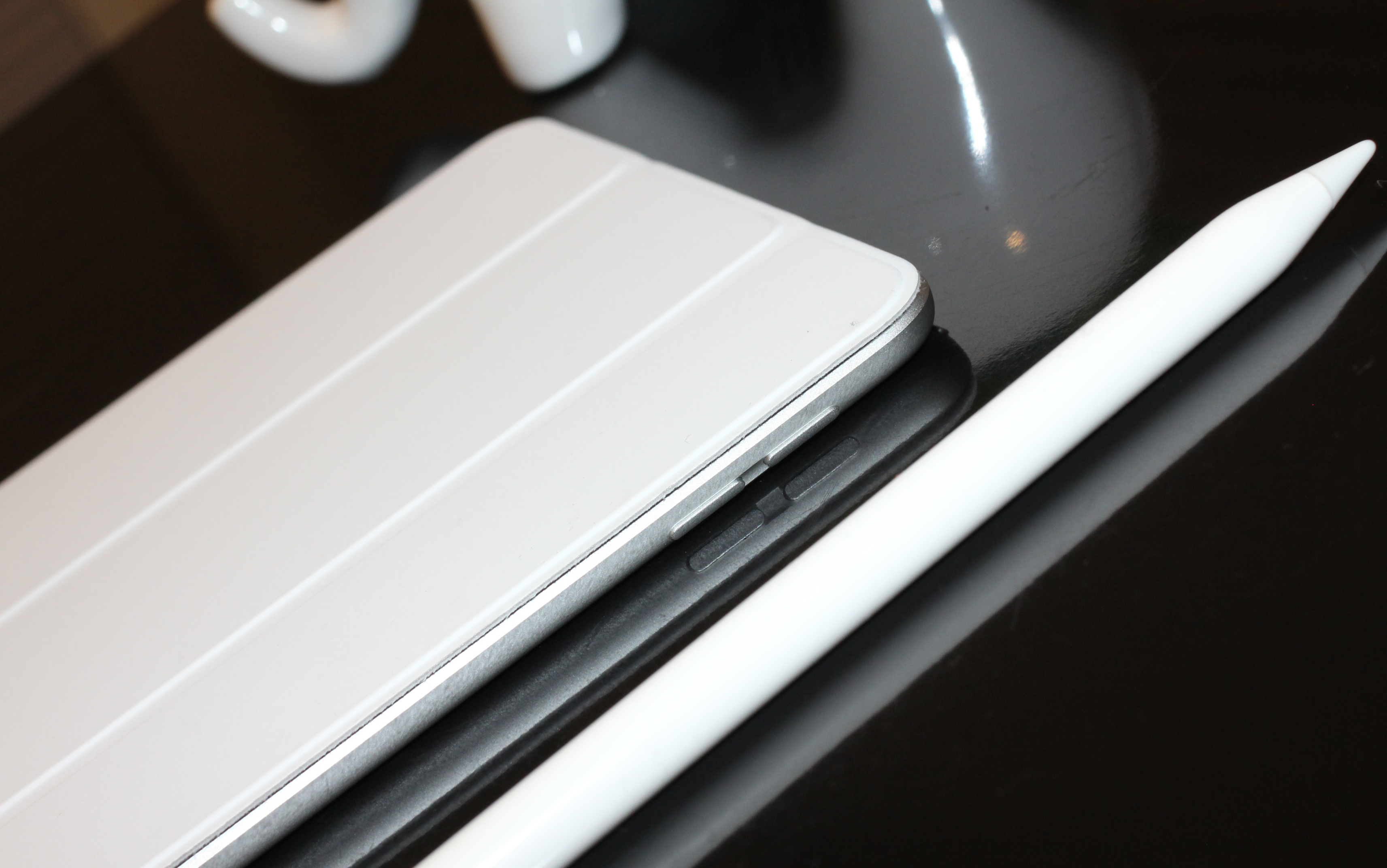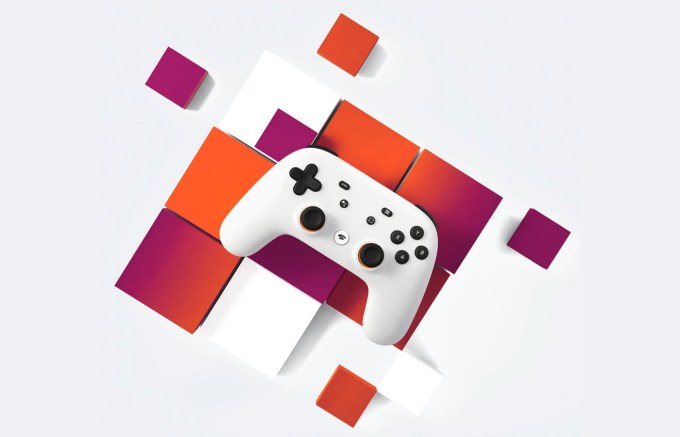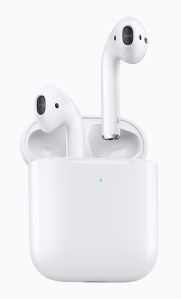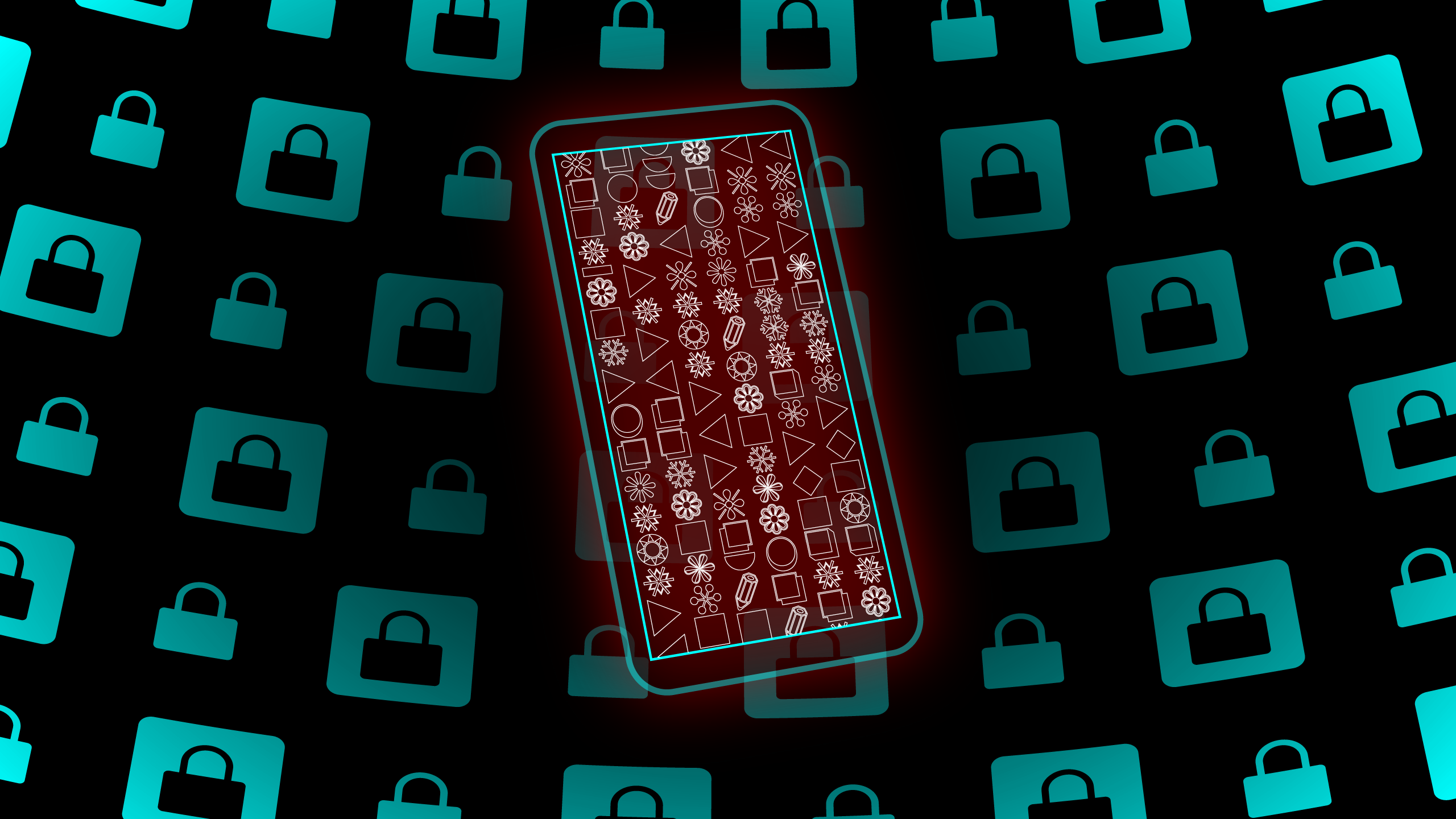The iPad mini is super enjoyable to use and is the best size tablet for everything but traditional laptop work. It’s very good and I’m glad Apple updated it.
Using Apple Pencil is aces on the smaller mini, don’t worry about the real estate being an issue if you like to scribble notes or make sketches. It’s going to fall behind a larger iPad for a full time artist but as a portable scratch pad it’s actually far less unwieldy or cumbersome than an iPad Pro or Air will be.
The only caveat? After using the brilliant new Pencil, the old one feels greasy and slippery by comparison, and lacks that flat edge that helps so much when registering against your finger for shading or sketching out curves.
The actual act of drawing is nice and zippy, and features the same latency and responsiveness as the other Pencil-capable models.
The reasoning behind using the old pencil here is likely a result of a combination of design and cost-saving decisions. No flat edge would require a rethink of the magnetic Pencil charging array from the iPad Pro and it is also apparently prohibitively expensive in a way similar to the smart connector. Hence its lack of inclusion on either Air or mini models.
Touch ID feels old and slow when compared to iPad Pro models, but it’s not that bad in a mini where you’re almost always going to be touching and holding it rather than setting it down to begin typing. It still feels like you’re being forced to take an awkward, arbitrary additional action to start using the iPad though. It really puts into perspective how fluidly Face ID and the new gestures work together.
The design of the casing remains nearly identical, making for broad compatibility with old cases and keyboards if you use those with it. The camera has changed positions and the buttons have been moved slightly though, so I would say your mileage may vary if you’re brining old stuff to the table.
The performance of the new mini is absolutely top notch. While it falls behind when compared to the iPad Pro it is exactly the same (I am told, I do not have one to test yet) as the iPad Air. It’s the same on paper though, so I believe it in general and there is apparently no ‘detuning’ or under-clocking happening. This makes the mini a hugely powerful tiny tablet, clearly obliterating anything else in its size class.
The screen is super solid, with great color, nearly no air gap and only lacking tap-to-wake.
That performance comes at a decently chunky price, $399. If you want the best you pay for it.

Last year I took the 12.9” iPad Pro on a business trip to Brazil, with no backup machine of any sort. I wanted to see if I could run TechCrunch from it — from planning to events to editorial and various other multi-disciplinary projects. It worked so well that I never went back and have not opened my MacBook in earnest since. I’ll write that experience up at some point because I think there’s some interesting things to talk about there.
I include that context here because, though the iPad Pro is a whole ass computer and really capable, it is not exactly ‘fun’ to use in non standard ways. That’s where the iPad mini has always shined and continues to do so.
It really is pocketable in a loose jacket or coat. Because the mini is not heavy, it exercises little of the constant torsion and strain on your wrist that a larger iPad does, making it one-handed.
I could go on, but in the end, all that can be said about the iPad mini being “the small iPad” has already been said ad nauseam over the years, beginning with the first round of reviews back in 2012. This really is one of the most obvious choices Apple has in its current iPad lineup. If you want the cheap one, get the cheap one (excuse me, “most affordable” one). And if you want the small one, get the iPad mini.
The rest of the iPads in Apple’s lineup have much more complicated purchasing flow charts — the mini does indeed sell itself.
Back even before we knew for sure that a mini iPad was coming, I wrote about how Apple could define the then very young small tablet market. It did. No other small tablet model has ever made a huge dent on the market, unless you count the swarm of super super crappy Android tablets that people buy in blister packs expecting them to eventually implode as a single hive-mind model.
Here’s how I saw it in 2012:
“To put it bluntly, there is no small tablet market…Two years ago we were talking about the tablet market as a contiguous whole. There was talk about whether anyone would buy the iPad and that others had tried to make consumer tablets and failed. Now, the iPad is a massive success that has yet to be duplicated by any other manufacturer or platform.
But the tablet market isn’t a single ocean, it’s a set of interlocking bodies of water that we’re just beginning to see take shape. And the iPad mini isn’t about competing with the wriggling tadpoles already in the ‘small tablet’ pond, it’s about a big fish extending its dominion.”
Yeah, that’s about right, still.
One huge difference, of course, is that the iPad mini now has the benefit of an enormous amount of additional apps that have been built for iPad in the interim. Apps that provide real, genuine access to content and services on a tablet — something that was absolutely not guaranteed in 2012. How quickly we forget.
In addition to the consumer segment, the iPad mini is also extremely popular in industrial, commercial and medical applications. From charts and patient records to point-of-sale and job site reference, the mini is the perfect size for these kinds of customers. These uses were a major factor in Apple deciding to update the mini.
Though still just as pricey (in comparison) as it was when it was introduced, the iPad mini remains a standout device. It’s small, sleek, now incredibly fast and well provisioned with storage. The smallness is a real advantage in my opinion. It allows the mini to exist as it does without having to take part in the ‘iPad as a replacement for laptops’ debate. It is very clearly not that, while at the same time still feeling more multipurpose and useful than ever. I’m falling in real strong like all over again with the mini, and the addition of Pencil support is the sweetener on top.
from Android – TechCrunch https://ift.tt/2TlHD8y
via IFTTT




 The second-gen AirPods are available with the standard wired charging case ($159), or a new Wireless Charging Case ($199). A standalone wireless charging case is also available for purchase to $79. We’ve reached out to Apple to ask if the wireless case is backwards compatible with first-gen AirPods and will update the post once we know more.
The second-gen AirPods are available with the standard wired charging case ($159), or a new Wireless Charging Case ($199). A standalone wireless charging case is also available for purchase to $79. We’ve reached out to Apple to ask if the wireless case is backwards compatible with first-gen AirPods and will update the post once we know more.
